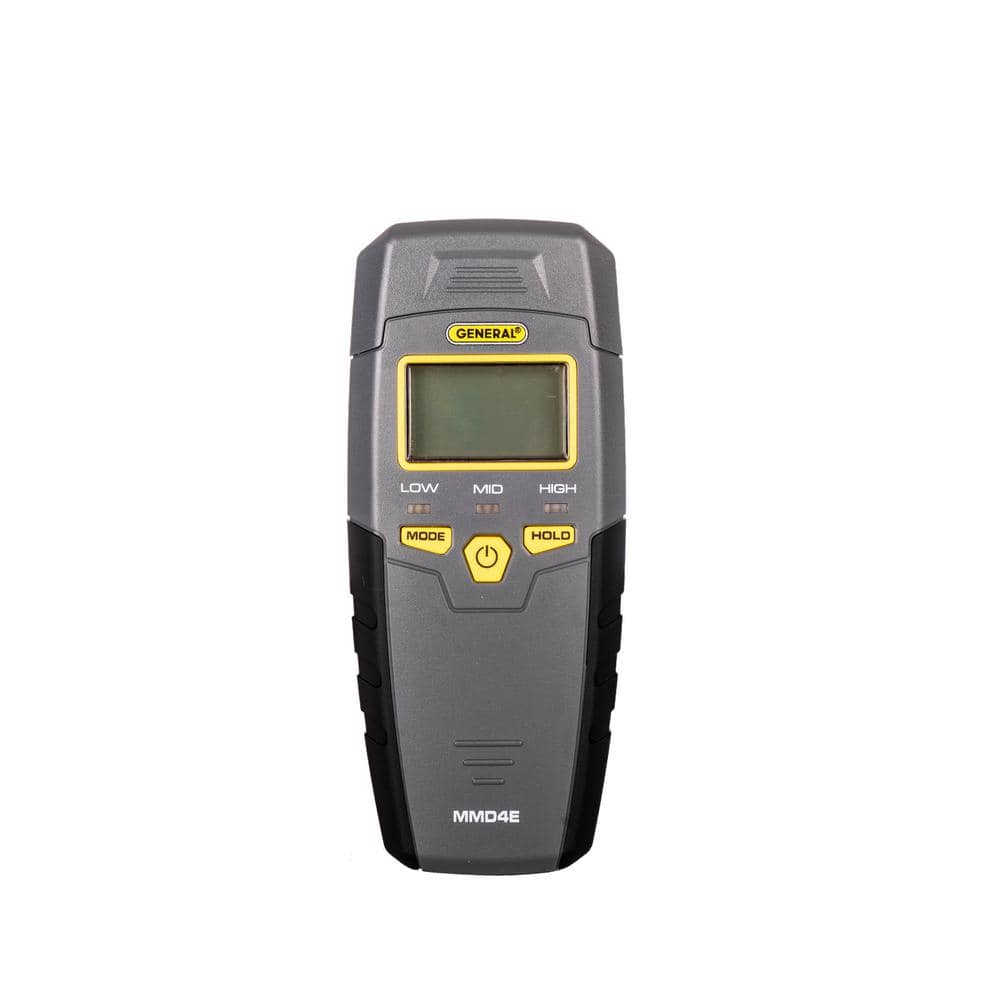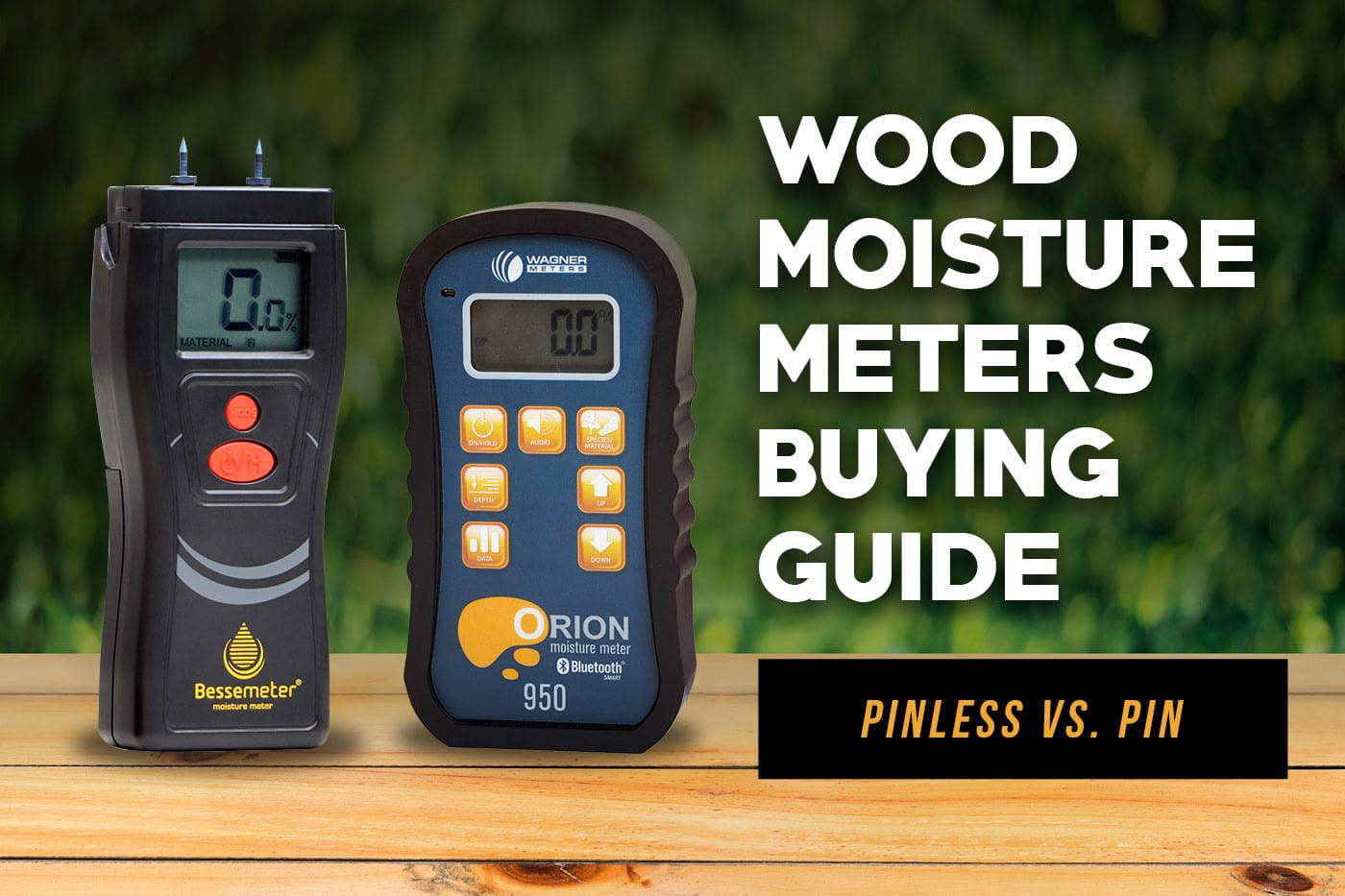How to Use a Moisture Meter to Detect Surprise Water Damages in Your Property
How to Use a Moisture Meter to Detect Surprise Water Damages in Your Property
Blog Article
Understanding the Importance of a Moisture Meter in Preventing Mold and Water Damage in Your Home
In the world of home upkeep, the presence of dampness can frequently be a quiet yet powerful adversary, qualified of triggering pervasive mold and mildew development and dangerous water damage if left unchecked. Recognizing the significance of a dampness meter in this battle is not merely an alternative yet a calculated necessity.
Value of Moisture Discovery
Effective moisture detection methods are critical for guarding homes and protecting against possible mold growth and water damage. Moisture can leak right into various building products, leading to structural issues and wellness risks. By making use of a moisture meter, home proprietors can proactively identify areas prone to excess dampness, allowing for timely intervention and reduction methods.
Moisture meters provide accurate readings of moisture levels in different products such as drywall, timber, and concrete. This information assists in identifying locations of concern, even in hidden or hard-to-reach places. Early detection of moisture build-up makes it possible for prompt repairs or adjustments to prevent additional damage.

Exactly How Moisture Meters Work
Moisture meters play a crucial function in the aggressive recognition of excess dampness, aiding in the prevention of potential mold and mildew growth and water damages by giving precise analyses of wetness degrees in different structure materials. These gadgets work based on various principles, relying on their kind. Moisture Meter. Pin-type dampness meters, for example, have 2 pins that permeate the material to determine the electric resistance in between them. When dampness is present, it improves the product's conductivity, leading to a reduced resistance reading. Pinless dampness meters, on the various other hand, use electro-magnetic sensors to scan the product without triggering damage. These sensors discharge electromagnetic signals that permeate the product and measure the dielectric buildings, indicating dampness content. Some advanced moisture meters pin both combine and pinless modern technologies for thorough moisture discovery. Recognizing just how moisture meters feature is vital for exact and timely wetness level evaluations, enabling effective preventive measures versus mold and water damage.
Finding Early Indication
Upon initial evaluation of a building, acknowledging subtle indications of excess dampness becomes crucial in the very early detection of possible mold development and water damage. Some usual early caution signs consist of mildewy odors, water stains on ceilings or wall surfaces, peeling paint or wallpaper, and deformed or stained surfaces. Musty smells frequently suggest the existence of mold or mildew, also if no visible indicators are obvious. Water spots can signify leakages or infiltration, while peeling paint or wallpaper may be an outcome of moisture endangering the attachment of these products to the surface area. Warped or tarnished surface areas, such as distorting floorboards or discolored drywall, are clear indications of water damages. In addition, a boost in allergic reaction signs and symptoms or respiratory issues amongst owners may suggest the presence of mold and mildew as a result of excess moisture. By quickly determining and addressing these early warning signs, house owners can mitigate look at here the risk of extensive mold growth and water damage in their buildings.
Stopping Mold Development
Acknowledging very early indication of excess dampness within a property not only allows punctual detection of prospective mold and mildew development and water damage but additionally functions as a proactive procedure in protecting against the expansion of mold and mildew. To efficiently stop mold and mildew development, it is essential to attend to any kind of resources of moisture quickly. This can include taking care of leaks in roof coverings, home windows, or pipelines, making sure correct air flow in moist areas like washrooms and kitchens, and making use of dehumidifiers in high-humidity rooms. On a regular basis evaluating and preserving the building's plumbing, roof covering, and seamless gutters can also aid in stopping water invasion that could cause mold development.
Along with attending to moisture site resources, keeping indoor moisture degrees below 60% can dramatically hinder mold development. Proper ventilation, adequate insulation, and making use of air conditioning system or fans can assist regulate indoor moisture degrees. Keeping an eye on moisture degrees in locations prone to moisture, such as cellars and crawl areas, utilizing a dampness meter can likewise assist in early detection of elevated moisture levels and prospective mold growth. By taking proactive procedures to prevent excess moisture and mold growth, home owners can safeguard their building and interior air high quality.
Benefits of Regular Monitoring
Routine surveillance of wetness levels in a building can play an important function in keeping a healthy indoor atmosphere and protecting against possible mold and mildew and water damage. By routinely checking wetness levels, property owners can detect any kind of problems quickly and take essential activities to stop mold and mildew development and water damage.
In addition, routine tracking permits property owners to track patterns and patterns in dampness levels with time. By establishing a standard and surveillance adjustments, individuals look what i found can recognize any kind of areas of problem or prospective vulnerabilities in the residential or commercial property's framework. This data-driven strategy enables targeted interventions and maintenance initiatives to resolve underlying issues prior to they rise into even more significant troubles. Ultimately, the constant monitoring of moisture levels equips homeowners to secure their property, safeguard their health, and maintain the integrity of their interior setting.

Final Thought

By using a moisture meter, building owners can proactively determine locations susceptible to excess wetness, permitting for timely intervention and mitigation strategies.

Monitoring dampness levels in areas prone to wetness, such as basements and creep areas, using a dampness meter can likewise aid in early detection of raised dampness levels and possible mold and mildew growth. (Moisture Meter)
Report this page